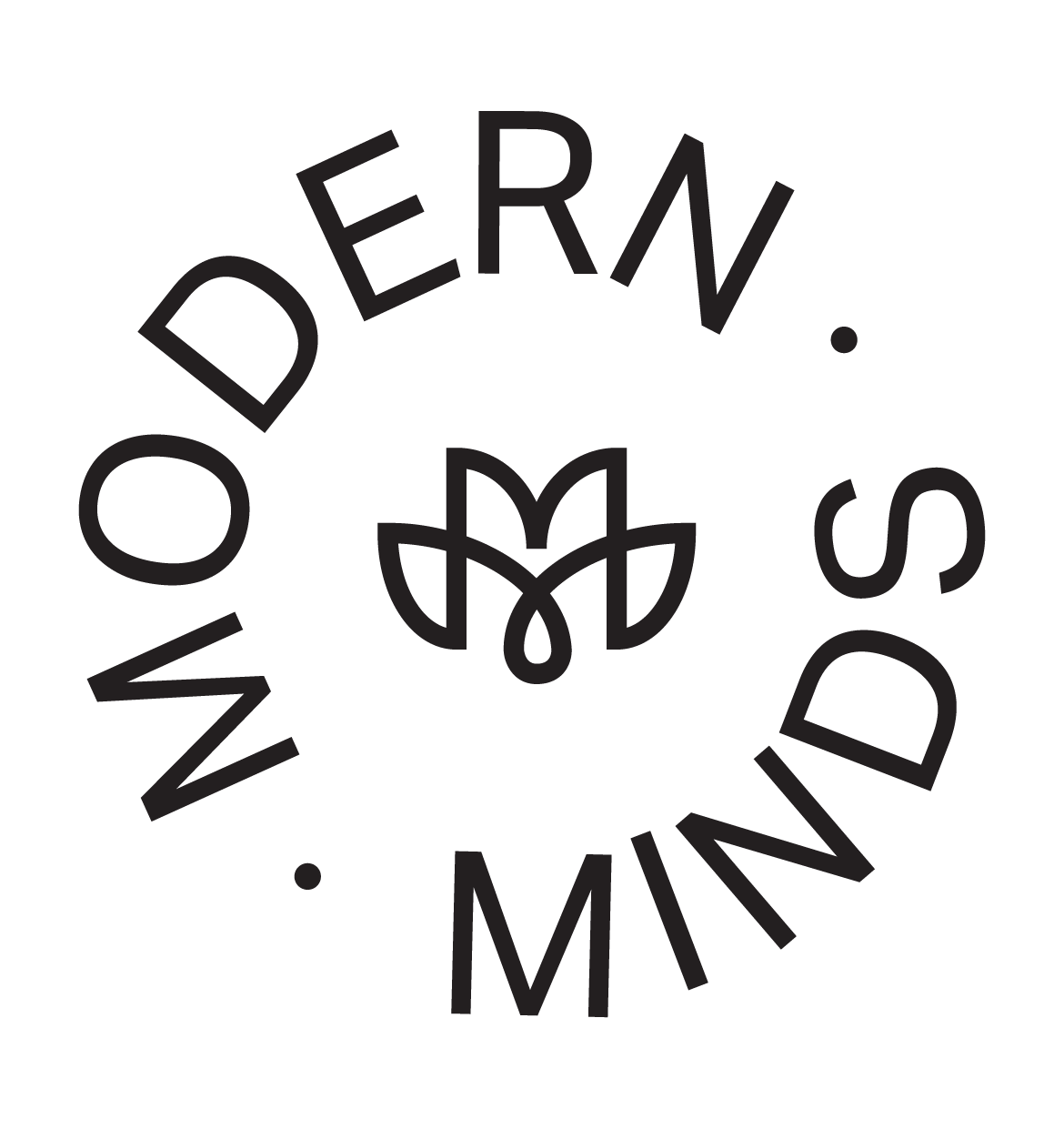Starting Fresh: Setting Intentions and Goals for the New Year
The new year offers a fresh beginning—a chance to reflect on the past, reconnect with what truly matters and move forward with renewed purpose. It’s a time to embrace hope, set meaningful intentions, and create space for growth.
A Moment to Pause and Reflect
Acknowledging the Past Year
The new year invites reflection on past highs, lows, and lessons. Jotting down three impactful moments—joyful or challenging—can offer clarity, gratitude, and insight into what shapes your growth.
Embracing the Power of Resetting
The new year brings a natural pause for reflection and renewal. Use this time for a personal “stocktake” of emotional, mental, and physical well-being, prioritising balanced self-care and creating space for meaningful growth. This pause isn’t about perfection but about self-awareness—understanding where you’ve been and setting a foundation for where you want to go.
Checking In: Understanding Your Needs
Emotional and Mental Self-Check
Recognising your emotions and mental patterns is vital in understanding your needs. Getting caught up in routines is easy without realising how you’re feeling or what might need attention. Are there recurring emotions, like stress or frustration, that signal areas for growth? Or moments of joy that point to what truly nourishes your soul? Taking time to pause and notice these patterns is an act of self-care, helping you stay connected to your inner world.
Here are self-compassionate practices to help:
Journaling: Write down thoughts or emotions to better understand recurring themes or triggers.
Mindfulness: Spend a few minutes observing your breath, focusing on the present moment.
Talking to a Trusted Friend: Share your feelings with someone who offers a listening ear and support.
Physical and Lifestyle Evaluation
Daily routines and physical health often reflect your overall well-being. Small changes can make a big difference:
Prioritise Rest: Create a bedtime routine to ensure consistent, restorative sleep.
Incorporate Joyful Movement: Find activities you genuinely enjoy, whether it’s walking, dancing, or yoga.
Notice Eating Patterns: Be mindful of how your diet affects your energy and mood.
Simplify Daily Tasks: Adjust routines to minimise stress and make time for what matters most.
Take Breaks: Schedule moments to recharge, especially during busy periods.
Setting Intentions That Align With Your Values
The Difference Between Intentions and Resolutions
While resolutions often focus on specific outcomes, intentions emphasise values, guiding how you approach life rather than setting rigid goals. Intentions create space for sustainable growth by aligning actions with what matters most. For example, instead of resolving to exercise daily, an intention might be “cultivating gratitude for what my body can do.” This shift encourages kindness toward yourself while fostering meaningful change.
Turning Intentions Into Actionable Goals
Transforming intentions into achievable steps requires a thoughtful and flexible approach. Here’s an example:
Identify Your Core Value: Reflect on what truly matters to you (e.g., connection, health, or creativity).
Write Your Intention: Frame it in favourable, actionable terms. For example, “Prioritising connection with loved ones.”
Break It Down: List small, manageable actions. For connection, this might include:
Scheduling weekly phone calls with friends.
Planning a family game night.
Sending a heartfelt message to someone you value.
Track Your Progress: Use a journal to note steps taken and how they align with your intention.
Stay Flexible: Adapt actions as your needs or circumstances evolve.
Flexibility ensures your intentions remain a source of support, not pressure, as life unfolds unexpectedly.
Taking Stock: Realigning With What Matters Most
Creating Space for Clarity
Clutter disrupts focus; simplifying creates clarity and supports balance.
Streamline Your Schedule: Reflect on activities and commitments. Let go of those that feel more draining than meaningful.
Declutter One Area at a Time: Start small—whether it’s a single shelf or your calendar. Each step can help you create a sense of calm.
Set Boundaries: Reserve time for yourself by reducing overcommitment and allowing space for reflection.
Focus on Essentials: Prioritise what adds value to your life and energy, releasing distractions that weigh you down.
Cultivate Restful Moments: Create intentional pauses to reflect, breathe, or simply be still in your day.
Letting Go of What No Longer Serves You
Carrying old habits, routines, or thought patterns into a new year can feel burdensome. Letting go of what no longer aligns with your current values is essential for growth. For example, consider a habit that leaves you feeling disconnected—like scrolling endlessly on your phone before bed—and replace it with an action that restores you, like reading or journaling. This gentle process helps make room for what truly matters, leaving you with a lighter, more purposeful approach to the year ahead.
Building Momentum for the Year Ahead
Staying Inspired and Motivated
Keeping your energy and enthusiasm alive throughout the year is key to staying on track with your intentions. Small, intentional actions can nurture sustained motivation:
Celebrate Small Wins: Acknowledge even the most negligible progress—completing a task, sticking to a habit for a week, or reflecting on your efforts.
Create a Vision Board: Gather images, quotes, and symbols that align with your values and goals. Display it somewhere visible to keep your aspirations front and centre.
Track Progress Gently: Use a journal or app to note small achievements. This simple act can remind you of how far you’ve come.
Incorporate Joyful Rituals: Add activities that excite you into your week, like a favourite hobby or an outing, to stay refreshed and inspired.
Stay Connected: Surround yourself with supportive people who encourage and uplift you as you work towards your goals.
Permitting Yourself to Grow Slowly
Real change takes time, and the most lasting transformations happen in small, manageable steps. Instead of rushing to achieve everything at once, allow yourself the grace to move at your own pace. For example, if your goal is to focus on self-care, start with one daily habit like stretching or journaling.
